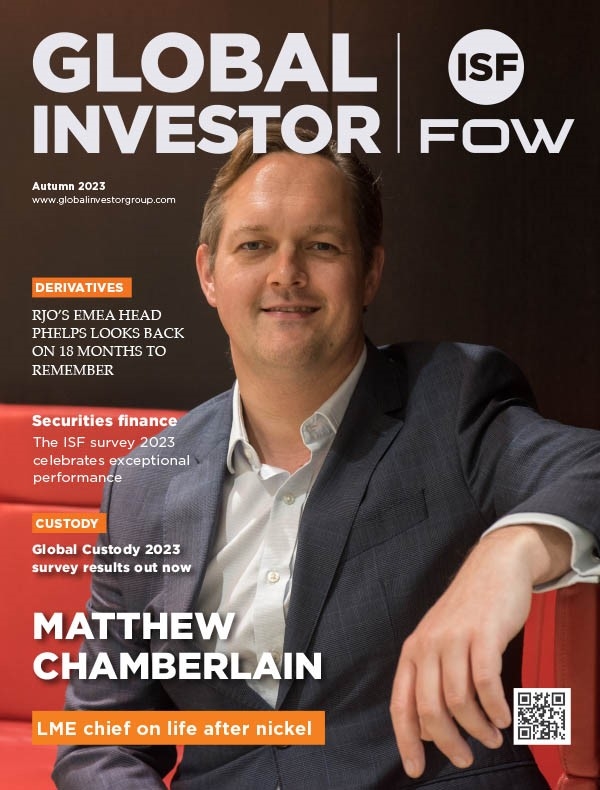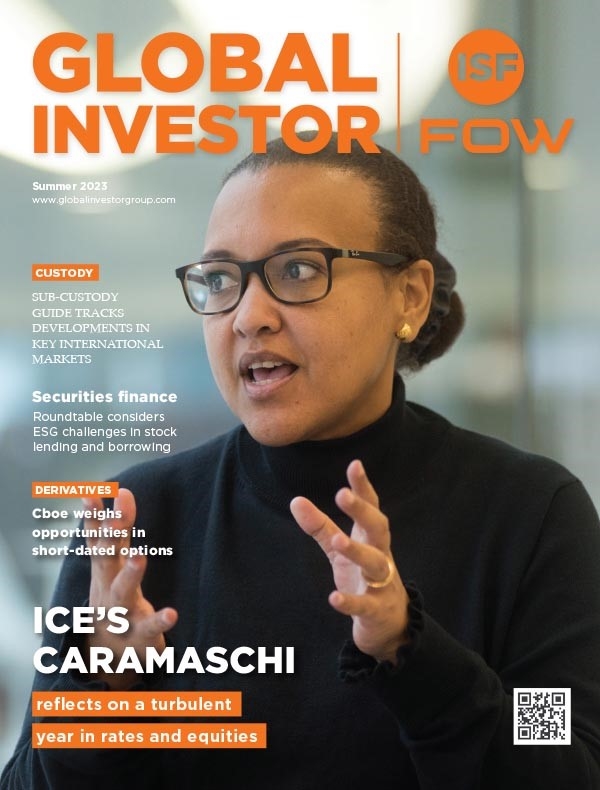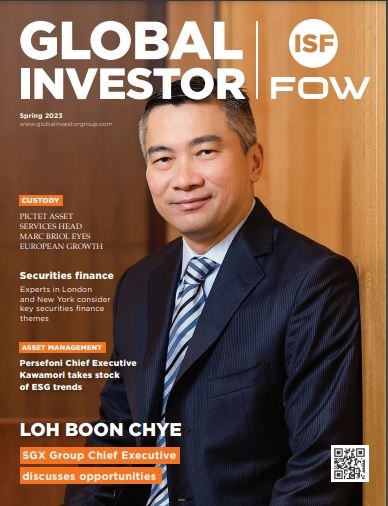Misys: Navigating uncertain waters

While demographics and other macro and regulatory trends remain broadly supportive for investment managers, achieving sustainable and secure growth in the current climate of uncertainty has become a big challenge.
The eventual ramifications of Greece’s recent election on Europe as a whole are far from clear and beyond just the eurozone the UK also faces an unpredictable and potentially significant election in May.
Looking more globally, the longer term growth rate of China continues to be questioned and although the US economy appears to be in a resilient recovery, exactly how long this will last and whether the US can still be the global economic driver of years past remain key questions.
The picture becomes even more opaque when you add to this the build-up of debt everywhere, the crash in energy and commodity prices, what Russia will do in the Ukraine and the situation in the Middle East. All in all, although in a global context the recovery seems to be on track, it is clear that the ‘uncertainty factor’ is significantly elevated and this is likely to remain the case for at least the medium term.
There are implications from this for investment management companies, beyond pure investment considerations, in that they need to consider how they approach their operating and regulatory environment as well as their investments.
Prudence dictates that investment managers need to be better prepared for unexpected events that may unfold and force them to change their operational architecture (and their investment direction) quickly. So how can investment managers ride this wave of uncertainty and ensure they come out stronger on the other side?
Instead of considering what systems they should be investing in simply from the perspective of accurately valuing and trading specific securities and their associated risks, perhaps buy-side firms would be better placed thinking about how they are investing in systems in a more integrated way.

Jason Whitaker
Jason Whitaker, buy-side strategist at Misys comments: “In the current environment, several years after the credit crisis, investment management firms on the one hand still find themselves dealing with the significant regulatory and financial fallout of the crisis and on the other have to respond to market conditions which, particularly in Europe, are once again very challenging.
Low yields, increasing underfunding in pensions, the need to trade more asset classes and trying to work out how to position themselves for a possible ‘endgame’ from quantitative easing, alongside the debt strains in the eurozone, are all taking their toll. As a result, the ability for firms to have true flexibility and transparency into their operations is more crucial than ever.
“Flexibility ensures investment managers can shift direction quickly, on board new asset classes as new opportunities arise and comply with an ever-changing regulatory landscape. Essentially, flexibility and transparency in their IT infrastructure are vital for asset managers attempting to future-proof their businesses.”
Many Misys FusionInvest customers are already benefiting from the increased flexibility in their investment platform. But what does flexibility mean in this context? “When you look at the systems environment in the industry, you see a number of different approaches. Aside from what we call ‘organic’ environments – architectures that have been cobbled together fairly randomly as needs have arisen – the most commonly planned out approaches are the ‘best-of-breed’ approach or the ‘monolith’ approach,” says Whitaker.

Best of breed: do many point solutions work efficiently together when stressed?
In a best-of-breed architecture, firms have actively sought to develop or buy point solutions that they judge are the best in each individual functionality area. Clearly, cost aside, this should result in the optimum solution by area. The difficulties arise when it comes to connecting these best-of-breed solutions together to form a complete front-to-back investment platform.
Asset classes that portfolio managers want to trade may be supported in one system but not another. Even if they are supported, the way various assets are valued and how risk is calculated may differ from one system to another and result in discrepancies in calculated risk numbers. Besides creating complexity for business areas working together (for example, risk and performance and the front office), this can limit flexibility.
Whitaker summarises: “In a normal environment, the best-of-breed approach, as the name implies, gives all areas of the organisation the best point solution for their specific needs.
When stressed, however, besides the operational concerns regarding the required level of internal development needed to establish connectivity between systems and the risk of these liks breaking, this sort of architecture can actually make it more difficult to respond to challenges such as regulation or big strategic changes in direction when they are needed.”

The monolith: flexible enough for the modern asset management
He goes on to say: “The ‘monolith’ approach can be worse, particularly for larger asset managers. While asset managers with this sort of architecture face less operational risk and less problems caused by conflicting risk and valuation numbers, the problem here is these systems ‘do what they do’ and if they don’t, for example, cover an asset class that a portfolio manager needs to trade, upgrading the system to do this can be very disruptive, complex, expensive and time consuming – thus not optimal.”
The second factor Misys customers have highlighted as essential for their businesses is transparency. Transparency is something that many pay lip service to but few really focus on when designing their IT infrastructures. Of course there are different levels of transparency and the word means different things to different people.

A componentised approach ensures flexibility and transparency
Whitaker adds: “At Misys, we regard transparency as the ability for anyone to look into the investment process at any point – from the front office to the Investment Book of Record (IBOR) – and see the same calculated risk and performance numbers. This allows all departments within an asset management company to work productively together as they have a true holistic view of the risk embedded into each asset class, including externally managed funds. This can be particularly productive, for example, when the risk team and the front office are seeing the same thing.”
Transparency at this level is key to having informed and smooth dealings with regulators, potentially saving lots of time and avoiding misunderstandings. It is also very helpful when dealing with sophisticated clients and explaining investment decisions, risk and performance. Furthermore, this provides asset management institutions with the agility to proactively change direction quickly and in a coordinated manner if necessary.
In conclusion, asset managers dealing with the inherent disadvantages of opaque business processes and suboptimal systems architecture may well find themselves needing to look for a new solution. They should look for one which retains the benefits of both models described above without their inherent weaknesses. Furthermore, they should insist on transparency and consistent valuation and risk calculations – a ‘single version of the truth’.
The answer for many is a modular or componentised architecture; one system that can be divided into several (but not too many) accessible turnkey modules or components. This provides the power and consistency of a fully-integrated system with the ability to add or change capability if it is needed in a specific area but without the complexity of joining together large numbers of point systems.
The benefits of such an approach could provide the difference between riding the wave of uncertainty or being caught underneath it.
Find out more about Misys solutions for investment management by visiting www.misys.com/fusioninvest
Found this useful?
Take a complimentary trial of the FOW Marketing Intelligence Platform – the comprehensive source of news and analysis across the buy- and sell- side.
Gain access to:
- A single source of in-depth news, insight and analysis across Asset Management, Securities Finance, Custody, Fund Services and Derivatives
- Our interactive database, optimized to enable you to summarise data and build graphs outlining market activity
- Exclusive whitepapers, supplements and industry analysis curated and published by Futures & Options World
- Breaking news, daily and weekly alerts on the markets most relevant to you



